Drone Pilot. Top Tips for Professional Drone Footage.
There are many elements needed to shoot professional looking drone footage. Here we break down what it takes to make your drone shots look like the stuff you see on TV and film.
What is the best drone for video?
You have to be in it to win it, so first of all you need a drone….but which one?
The best drone is the one you have with you. The one that you can fly safely and legally where you are.
OK, you want slightly more than that…..
As of July 2022, with legislation in the UK and other parts of the world clamping down on what can be flown, the best drone for the vast majority of people, will be one that weighs less than 250 grams.
This is all to do with the associated risk of drone crashes. A lighter drone will cause less damage.
There are a number of models on the shelves right now but from experience I would have to go with the DJI Mini 2 and it’s successor the Mini 3. They are both sub 250 grams and are by far the least toy like of anything on the market in this category. I consider them to be the best bang for the buck, especially the Mini 2 now the prices are dropping with the new Mini 3 out.
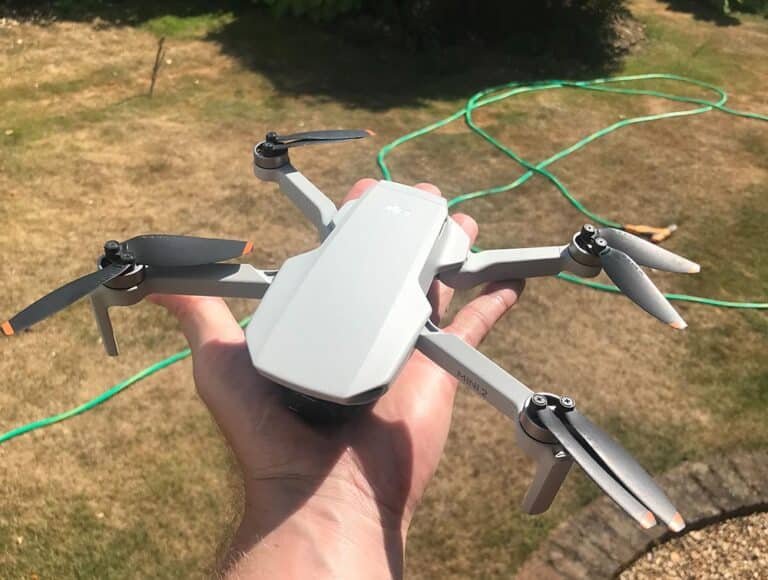

How much does a good drone cost?
It is possible to buy a “basic” drone, controller and battery for under £500, spend a bit more to get the fly more package with extra batteries.
In the UK, once you get your drone you should register it with the Civil Aviation Authority (CAA). You pay a small fee and get issued an operator and flyer ID #. You are now set to fly!
There are a few guidelines you must acknowledge when you get your flyer ID. These simple rules will help you fly safely and minimise risk to your drone and other people and property.
Check out this link for UK drone operating guidelines
Remember it is your responsibility as a pilot to be safe and not to risk the safety of other people.
What are the best places to get drone footage?
The answer to this question depends on what you want to film and whether or not you can fly a drone there. Personally, I like coastlines and landscapes. On a sunny day when the water is deep blue, you can use a polarizing filter to make the colors pop or alternatively use the water as a mirror to select the clouds.
In the aerial shot of a coral reef in Palau shown here, I set the polarizer to maximize the reflectivity of the water. As a result, you see the clouds.
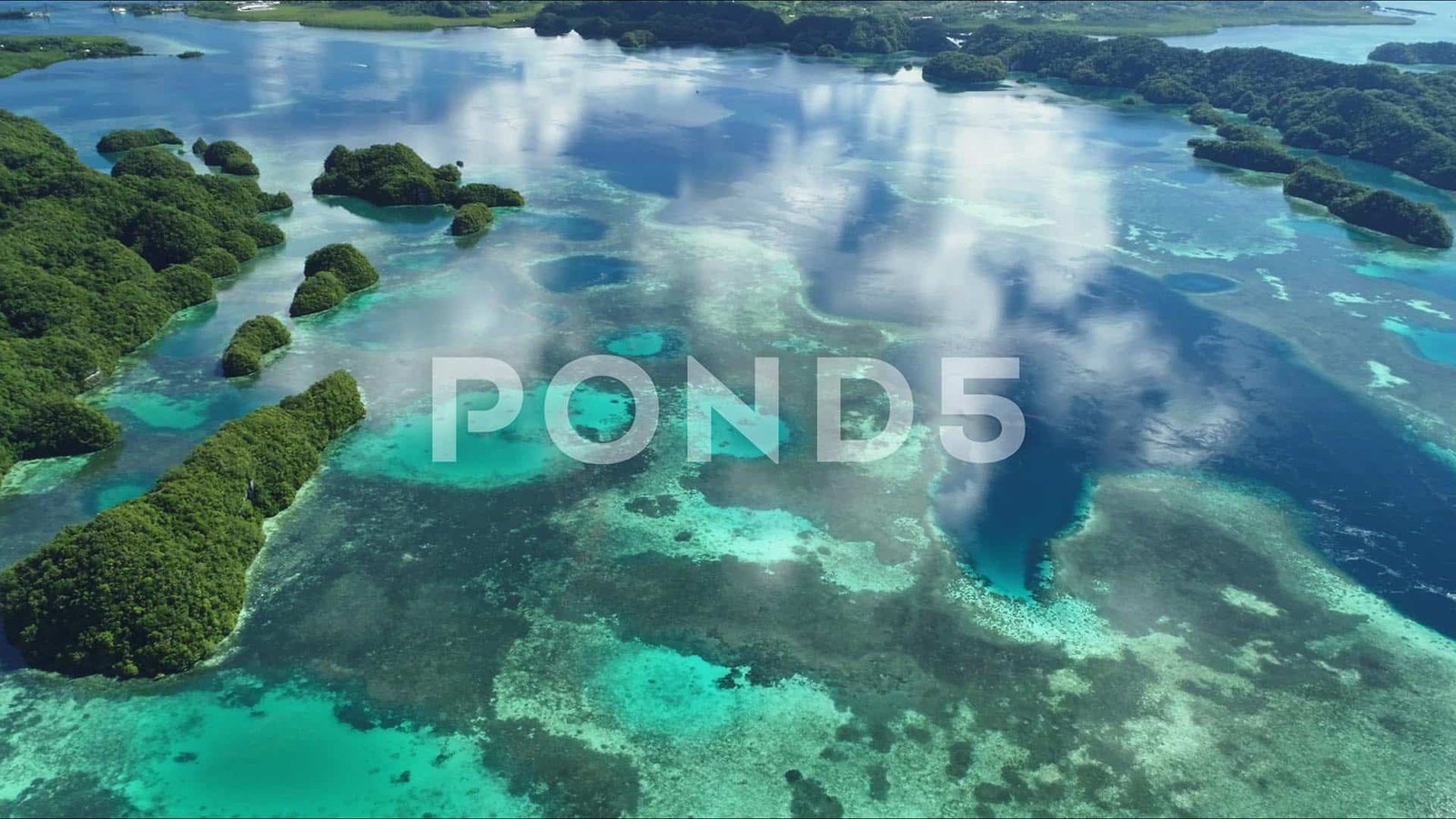
Conversely, in the aerial of kayakers and rocky coastline in Cornwall here, I set the polariser to see through the water. Now you see the rocks below the surface.
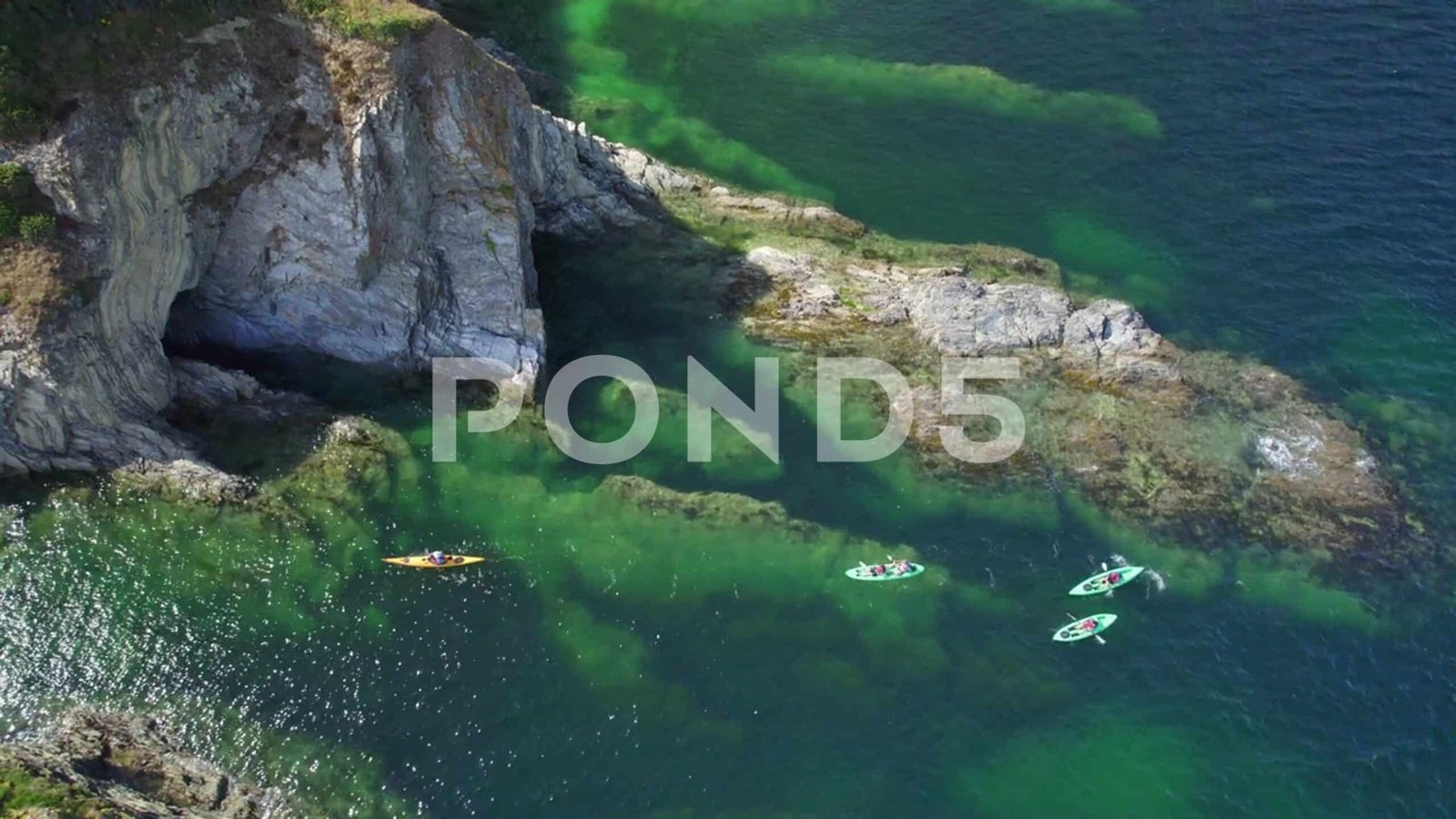
Be Creative.
It is up to you as a creative and how you want to use a flying camera. Keep your eyes open and do your research. Once you start to fly more regularly, you will see the landscapes differently with the experienced eye of a pilot.
If you are shooting for stock, consider the subject and how it looks. Go for newsworthy subjects, things with a general appeal that producers or editors can use repeatedly. Always have a mind for the aesthetics of the shot but go for scenes that will sell! Don’t just go for pretty; go for functional. If you’re shooting a point of interest that’s already been shot by others many times, use your creative talents and pilot skills to come up with new and unique ways to present it. This is especially useful for filmmakers who don’t want to use the same establishing shots that hundreds of others have used in their productions.
This aerial view of a large marine protected area in Palau looks nice but doesn’t have many uses. Yes, it’s interesting, but unless you are searching for that particular conservation area in the Pacific, you don’t need it.
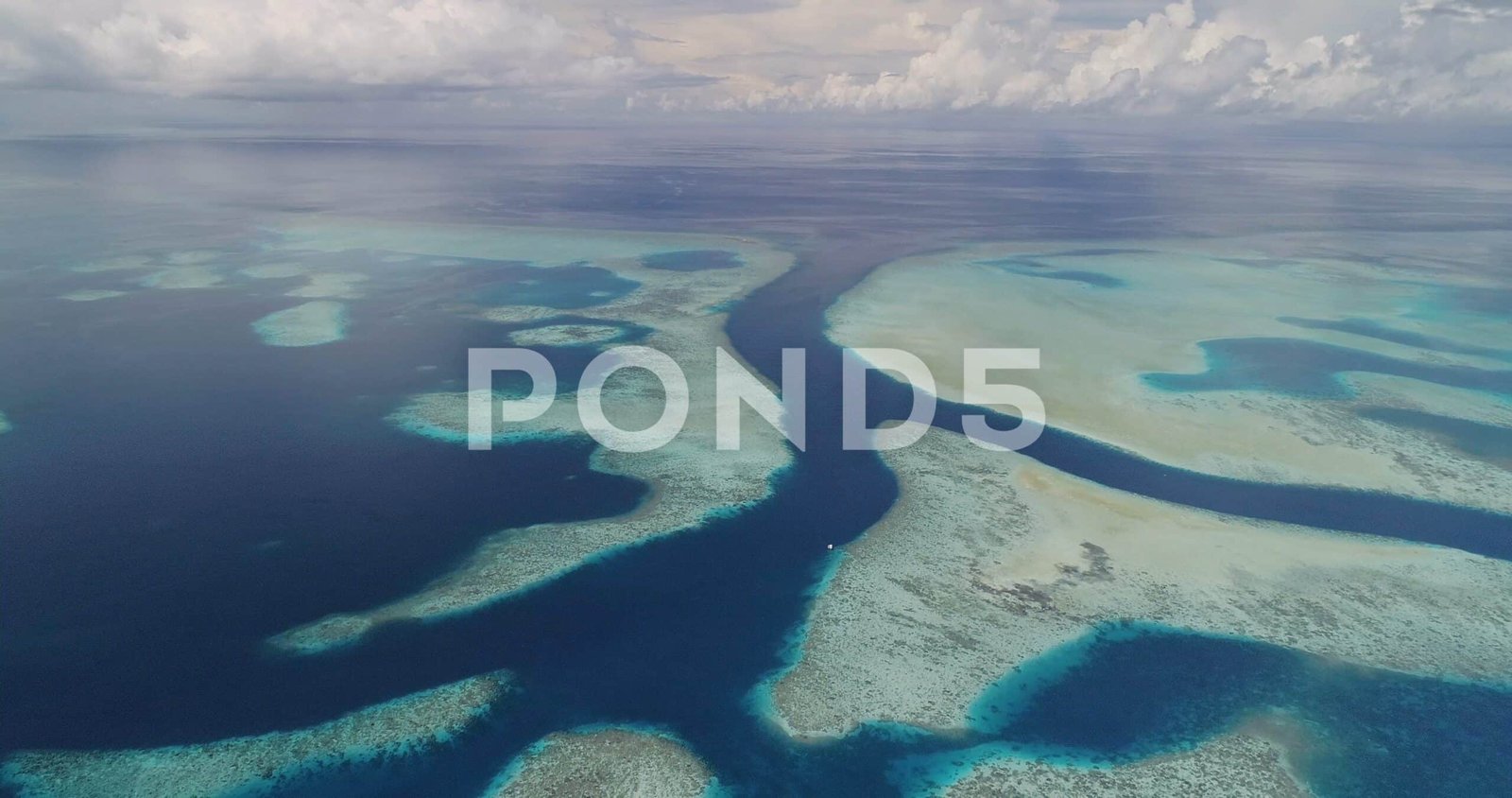
Although not amazingly pretty, this shot of the gift shop and entrance to Watford Football Stadium is quite helpful as stock. Firstly it’s rare because not many people can get permission to fly near a stadium, and secondly, football is a huge deal and frequently featured in the news.
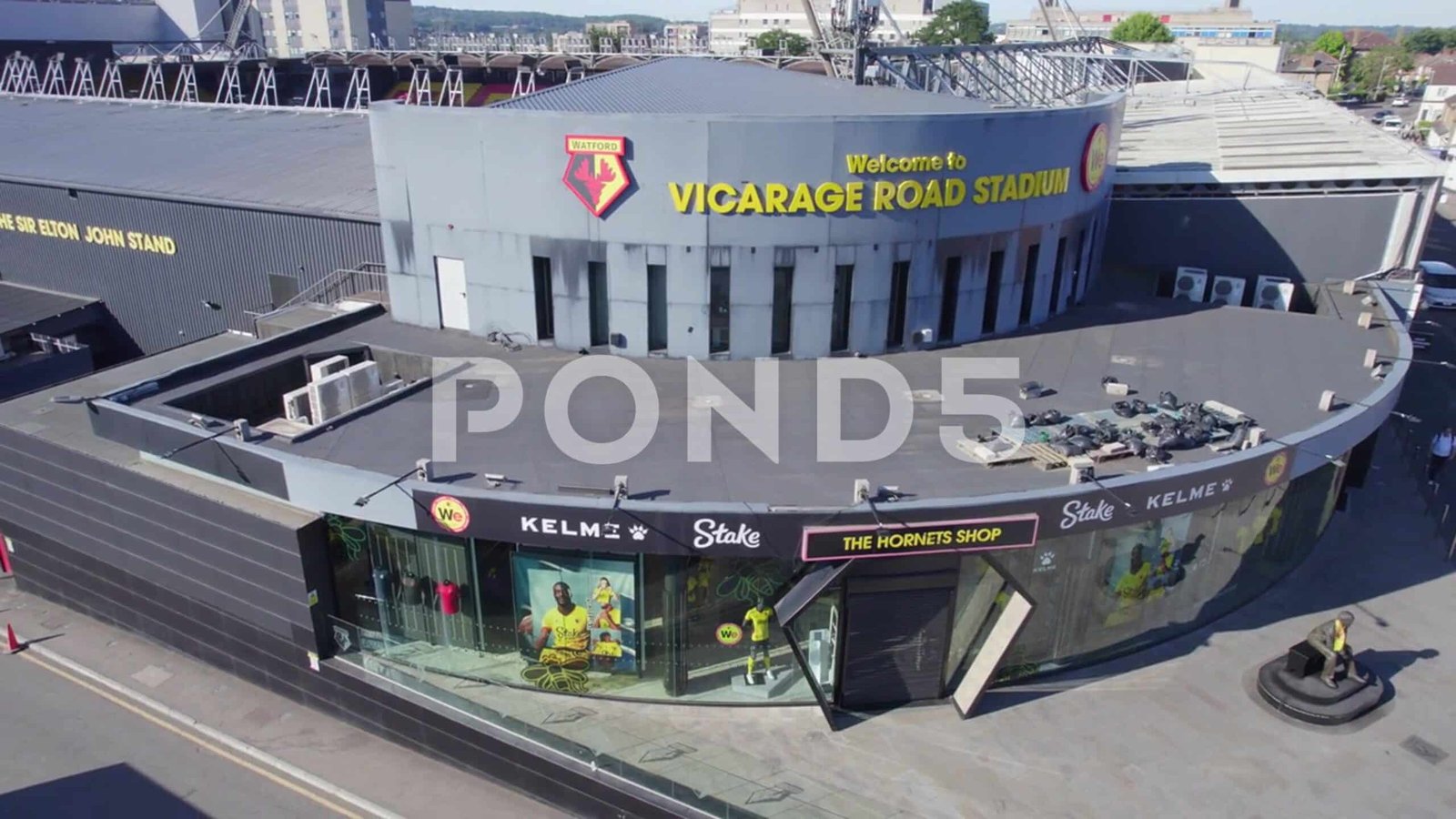
Safety First!
Speaking of permissions, here are some of the key safety guidelines any drone pilot should follow:
- Always keep your drone flying along a flight path where you can see it with an unaided eye.
- Never fly more than 120m (400ft) above the surface.
- Stay well away from airfields and airports.
- Do not fly closer than 50m to people and buildings that are not under your control or directly involved with your flight.
- Do not fly closer than 150m to large crowds (1000 people).
- Never fly into an airport Flight Restriction Zone.
- Flying a drone weighing between 250g and 25kg without showing a valid operator ID# is illegal.
Drone Assist is a great free app for checking if an area is safe to fly.
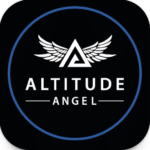
What is the best time of day to shoot drone footage?
The cameras on reasonably priced drones and more capable ones like the Air 2S can handle a wide range of lighting conditions, from low light to strong sunshine (if you use ND filters). Think about what lighting you want for your footage. Is a landscape better at dawn with long shadows and a golden glow? Does the water have a nicer color with a polarising filter at midday? Start to think of a drone as a regular video camera and use the same filming and cinematography mindset as you would when filming on the ground.
While many issues such as white balance can be adjusted in post, it’s of course ideal to get your lighting and colors as close to your final vision during your shoot.
Remember, landscapes can appear flat when viewed from above. Therefore you should consider having the sun lower in the sky so that any relief in the land casts a shadow. The angle of the light gives the landscape shape. Use it to your advantage.
How to make drone footage look cinematic?
Use the 180 Shutter Rule to ensure your shutter speed is twice that of your frame rate. If shooting at 25fps, then set your camera to 1/50 sec. If shooting at 30fps then set it to 1/60. This speed will allow the right amount of motion blur between frames making the footage look natural. You will find that you need to use ND filters to drop your shutter speed down that low. There are plenty of after-market, 3rd party options available. Consider also getting polarizing filters to enhance clouds in the sky and water.
Cinematic drone footage is also about flying smoothly—no jerky movements. Everything must flow. Acquiring this skill comes down to flying practice and actually calming your drone.
Several years ago, DJI introduced an Intelligent Flight Mode called Cinematic Mode (“Cine Mode” for short) that intelligently adjusts factors like braking distance and rotation speed, and many drone manufacturers have followed suit. This is a handy feature for creating cinematic drone shots.
Cinematic drone footage is also about flying smoothly. No jerky movements. Everything must flow. This is down to practice and actually calming your drone. Many models now have a “cine mode” which is a lot slower and smoother. Check out this blog post on the best settings.
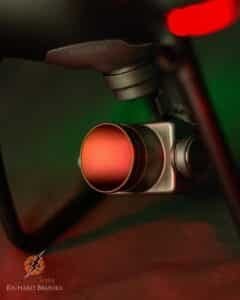
How much does it cost to produce a good drone video?
The first consideration, of course, is the initial cost of the drone. DJI drones range in price from around $500 for entry level drones for hobbyists to $3000 and higher for more professional-grade drones like the DJI Mavic.
After a drone’s initial cost, it is your choice to fly in areas with the best visuals. Free editing software such as Davinci Resolve for both Mac and PC is available in addition to iMovie, which is a bit simpler for Mac users. So the actual cost is minimal. Some software like Premiere Pro requires a subscription, which costs around $20 per month. An editing computer is an added expense and can be as much or more than the drone itself.
If the video is for commercial purposes, it is a legal requirement that you have drone-specific insurance to cover any accidents. Rates vary, but you can get coverage for one day or one year; for reference, I live in the UK, so insurance for 1 day with £10 M coverage (about $11M USD) cost me £14 (about $16 USD).
Travel expenses to a site can be considerable unless you happen to already live or work somewhere beautiful. Depending on your country’s tax laws, you may be able to deduct expenses you use for your business; consult a tax advisor or accountant to see if this applies to you.
If you have an idea that needs a drone pilot contact us or check out our drone filming services page for a better idea on costs.
Rarity sells
Remote locations often make for the most sought-after stock footage like this one of Nikumaroro Atoll, in Kiribati, on the equator and international date line. Just about the most remote place you can find.

Consider taking a vacation somewhere scenic where you can fly your drone. I recently went to Cornwall and spent almost every day visiting sites that were good to fly, producing some beautiful shots of the incredible coastlines and countryside.
Your time is also valuable so consider the amount of effort and time you put into making a drone video.
What is the best frame rate for drone video?
For the most part you can set your frame rate to standard rates: 23.97, 24, 25, 29.97, and 30. Just as long as you observe the 180 rule, you’ll be fine. If you’re filming fast action, consider jumping up to 60 or even 120fps if you’re looking for slomo. When you’re shooting for a feature film, the most common is 24fps. TV in Europe is 25. If in the U.S. then 29.97 or 30fps is the standard. 24 fps is pretty universal. I prefer it and use it almost exclusively unless a client requests something else.
I’ve always kept to using the 180 rule by using ND filters and manual camera controls.
The other alternative is to produce an aerial hyperlapse. This is where you have a very low frame rate, then speed it up in post. I use one frame every two seconds to produce shots like this:
Drone Troubleshooting Tips:
Why is my drone footage grainy?
Grainy footage usually comes from the ISO being set too high. Either you are shooting in very low light or you are using an ND filter too strong for the light conditions. Check to see what ISO you are on and what ND filter you’re using. Low ISO produces less noise.
How to get smooth drone footage?
Smooth drone footage comes from smooth flying. Avoid quick adjustments and jerky moves. Practice makes perfect–take your drone out for a spin and practice using your control stick until it becomes second nature. As we discussed above, Cine Mode is another easy way to help you shoot smooth video, if your drone supports it. You can also increase gimbal smoothness in your drone’s camera settings–this will control how quickly or slowly the gimbal comes to a stop whenever you tilt your camera.
This shot wasn’t filmed at a slow speed but everything is still smooth. I’ve never submitted jerky drone footage to Pond5.
This clip was shot in Cine Mode to keep things as slow as possible.
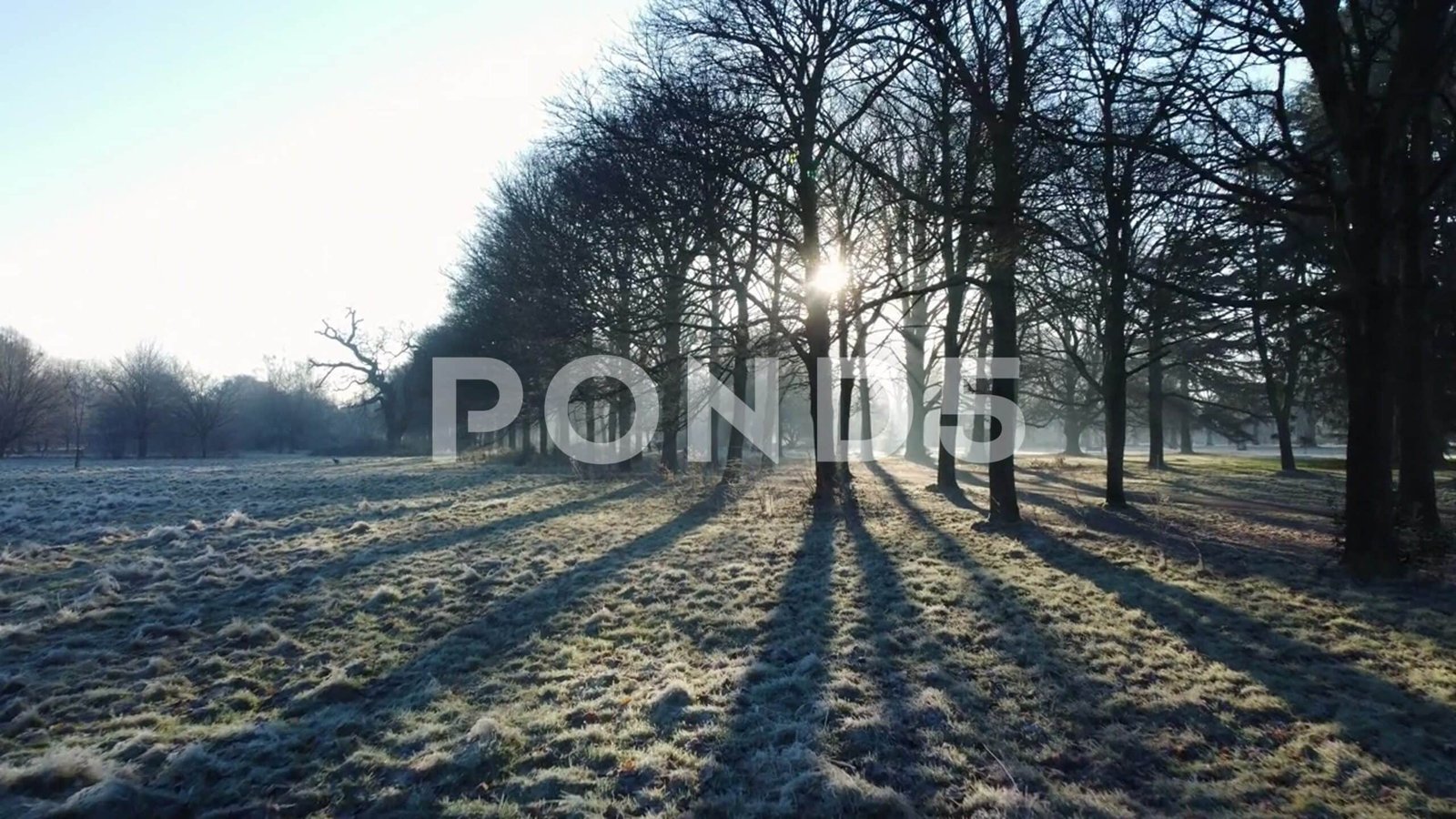
How to stabilise drone footage?
A good quality drone will come with a good quality gimbal-mounted camera. This is the real revolution in drones. Three axes of stabilization ensure the camera remains level as the drone moves. When you find the horizon is not level, land the drone and recalibrate the gimbal on a level surface through the app. If you are experiencing shaky footage, check your props. Replace any damaged props immediately, as this is probably causing vibrations due to not being balanced. Also, it may break, and the drone will most likely crash.
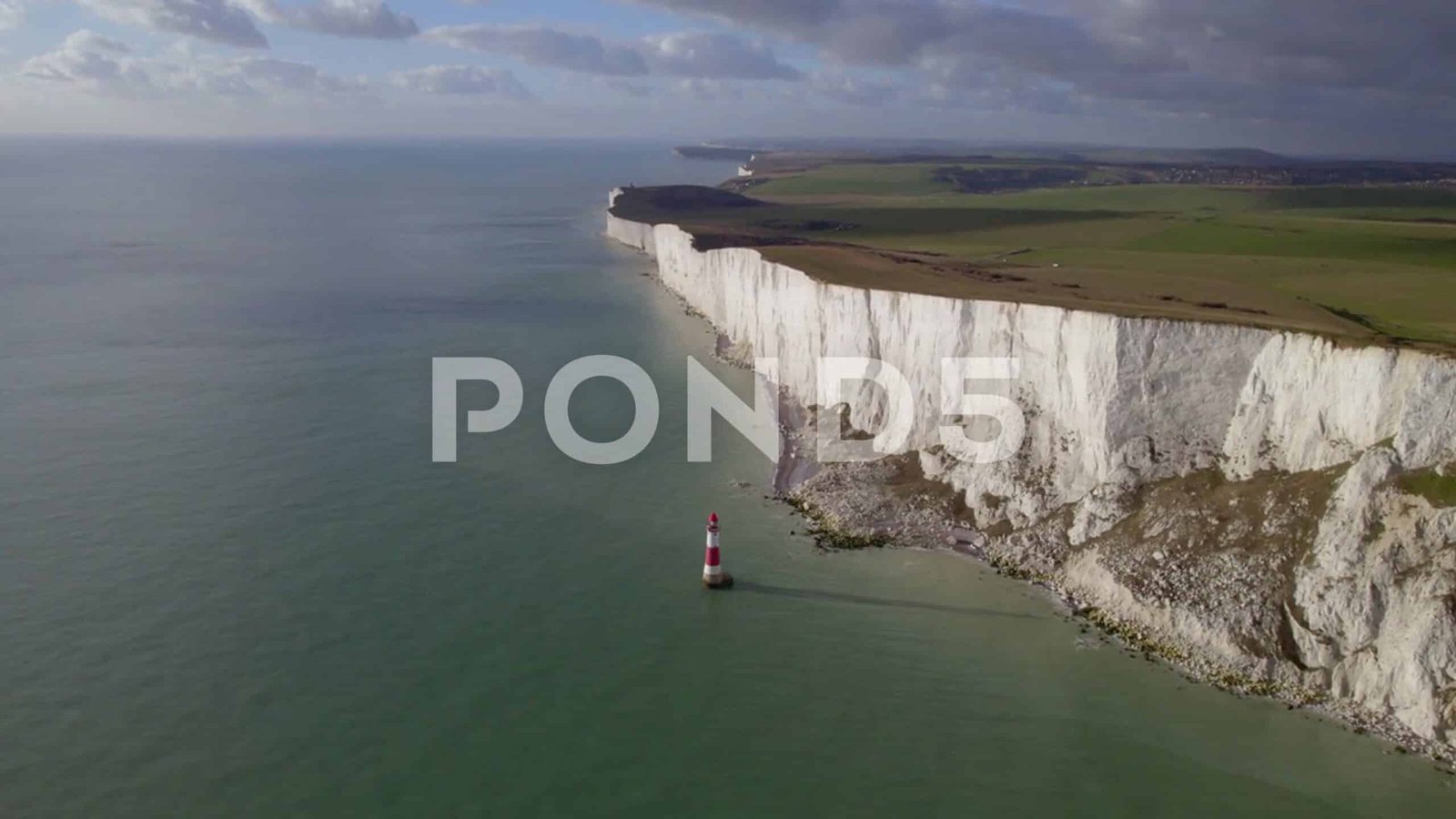
Why is my drone footage choppy?
If the video feed to your controller is choppy, it is likely due to transmission challenges. The cause of this is often the interference of trees or buildings. Always fly a drone within your visual line of sight and ensure you can see your drone, and the issue should stop. If it continues, it might be the phone, tablet, or device processor struggling to run too many apps simultaneously. Try running just the flight app.
If the footage is choppy on playback, you have an issue with the memory card. It is probably not fast enough to write the footage being produced by the camera. A memory card with a V30 rating is about the minimum required.
If the footage is choppy on playback then you have an issue with the memory card. It is probably not fast enough to write the footage being produced by the camera. A memory card with a V30 rating is about the minimum required.
Do you need a license to sell drone footage?
Since I’m based in the UK, I can speak to my experience here. If you’re based in the US, you’ll want to research subjects like acquiring a Part 107 drone pilot license. Regardless of where you live I recommend checking guidelines specific to your location.
In 2022, you do not need a specific license in the UK to sell drone footage or drone photos. You, however, still need to register yourself and your drone with the Civil Aviation Authority. If you are flying a drone for commercial purposes, you need drone-specific insurance compliant with Regulation (EC) 785/2004.
It is also highly recommended that you gain a qualification for Drone Flying. The A2 Certificate of Competency (A2CofC) will take your knowledge to new heights and allow you to fly closer to buildings and people.
I did my A2Cof C course with these guys in the UK. Check them out. I was particularly impressed with their knowledge and professionalism.
I hope you found all this information helpful and picked up a few tips to help improve your skills! If you liked this article, check out my guest post on Shooting great aerial footage and see my company page on drone flying here.

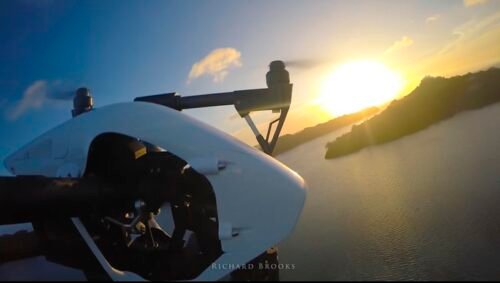
Pingback: How do you edit drone footage?